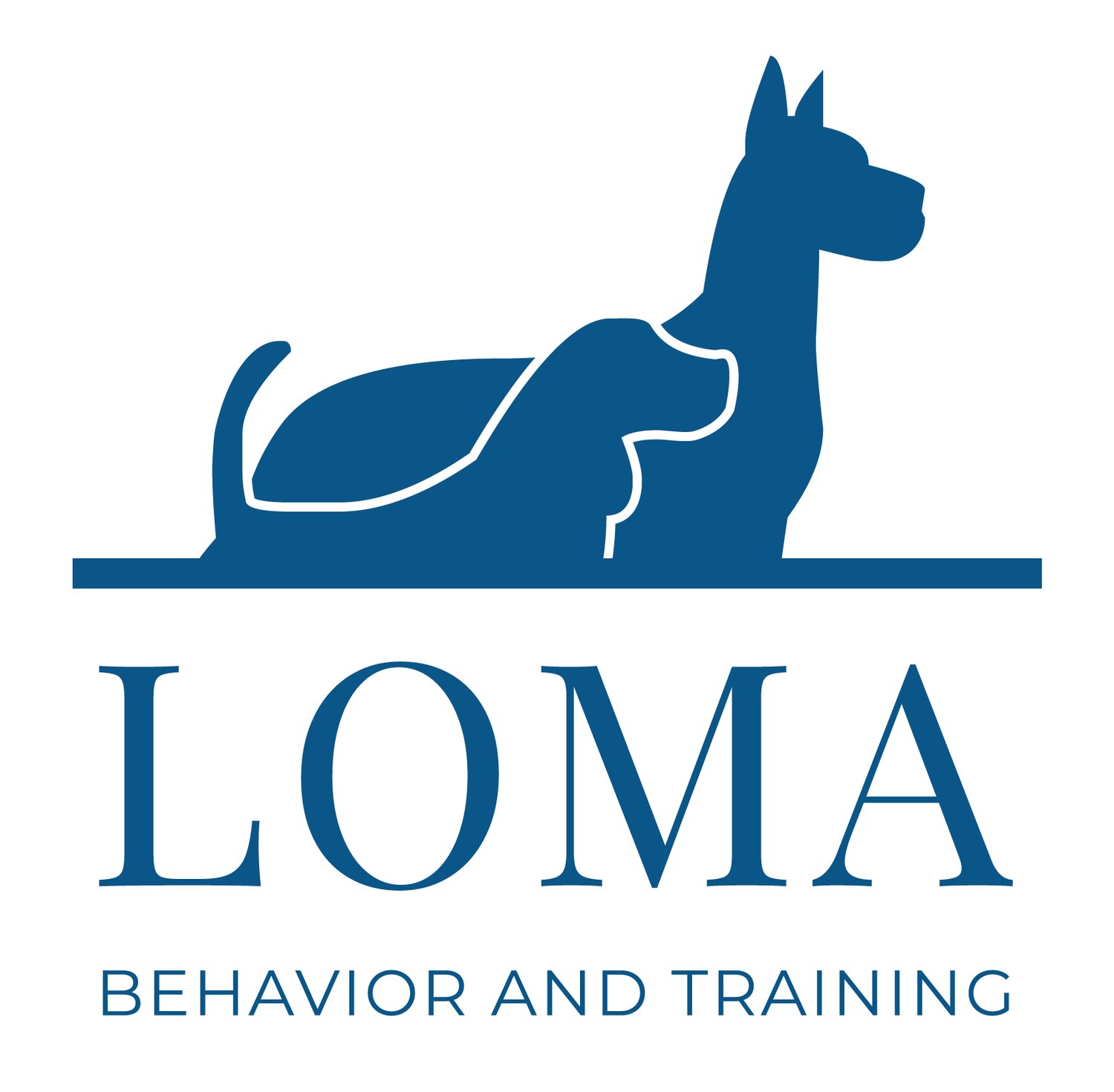Is my dog going to hurt someone?
Our clients often ask us this legitimate question. To answer, we assess their beloved pets for risk of aggression. This work involves looking at the dog’s behavior history, training history, socialization history, predictability of aggressive behavior, the intensity of the dog’s behavior, and the communication the dog provides. While there is no way to guarantee a dog will never bite, we provide clients with information to identify how safe a dog’s behavior is in their family home and in the community. We provide this service during our assessment process.
Questions about aggression and danger take on greater urgency when incidents like the recent dog bite fatality incident in San Antonio on February 24th become news. That tragic and heartbreaking event involved the death of an elderly man, acute injuries to his 74 year old wife and other citizens who intervened. It’s traumatic for everyone, including those of us living in the community who love and care for our pet dogs.
Naturally, different questions are now emerging--questions such as the safety of our beloved pet dogs, the role of agencies charged to protect the public, and the role of the family who cared for the dogs involved. Everyone wants answers about how and why this happened. Yet, currently behaviorists and veterinarians don’t have a fool-proof profile of a dog likely to attack to a fatal degree. Unfortunately, there is no national database that collects this information yet, and we currently do not have a standard protocol for collecting evidence to determine the circumstances that lead to lethal attacks. This is a sobering reality. Fortunately, dog bite fatalities rarely occur. That does not make each and every one of them less tragic or heartbreaking. This hard reality motivates many in the animal behavior field to continue their research, such as the work of James Crosby, Director of Canine Encounter Training at National Law Enforcement Center on Animal Abuse, whose research on Dog Bite Injuries and Behavioral Projections: What we have learned about fatal attacks by following the evidence was presented at the 2022 International Association of Animal Behavior Consultants annual conference.
When concerns arise about safety and danger after any widely publicized incidence of dog aggression, assertions that some breeds can be categorized as dangerous, based only on their breed type also emerge. And this leads to a variation of the question mentioned above -- but, not only “Is my dog going to hurt someone?,” but “Is my pitbull going to hurt someone?” This fear among people who care for and love dogs like the ones involved in this tragic incident are real. When dogs that appear to be “pitbulls” (short haired, stocky, block headed) are involved in any incidents of aggression, all dogs that appear similar are lumped into the same category despite the evidence of how difficult it is to visually identify a dog’s breed*. The truth is, there is no simple categorization of breeds that are naturally “aggressive” or “not-aggressive.” It is important to remember that behavior occurs within a specific environment or situation. That means each dog’s risk must be assessed for that dog’s specific behavior and circumstances.
When responses to tragic events like the recent one in San Antonio focus on the breed of the dog, what is often left out of the conversation is that breed alone is not a risk factor for aggressive behavior. Focusing on banning specific breeds as a way to address issues of dog bites and aggressive behavior only yields woefully ineffective results*. Breed bans take the focus away from the actual risk factors that can lead to dog bite fatalities, such as the specific behavioral history of the dogs who escalate to fatality, their training (and whether they received such training from credentialled professionals), their social settings, and how--or whether-- the dogs were integrated into a family home.
So when a client calls to ask if their dog is going to hurt someone, we know we have a special responsibility to give the client our most educated assessment of the risk factors, for their specific dog, with their specific history and family circumstances. We provide our clients with our best educated assessment of risk, based on the available history and known risk factors, and our knowledge to the full extent of the available scientific research. And we remind our clients–and all our neighbors–breed alone is not a risk factor.
*See the American Veterinary Society of Animal Behavior Position Statement on Breed Specific Legislation for a summary of research related to breed identification and breed-specific legislation.

